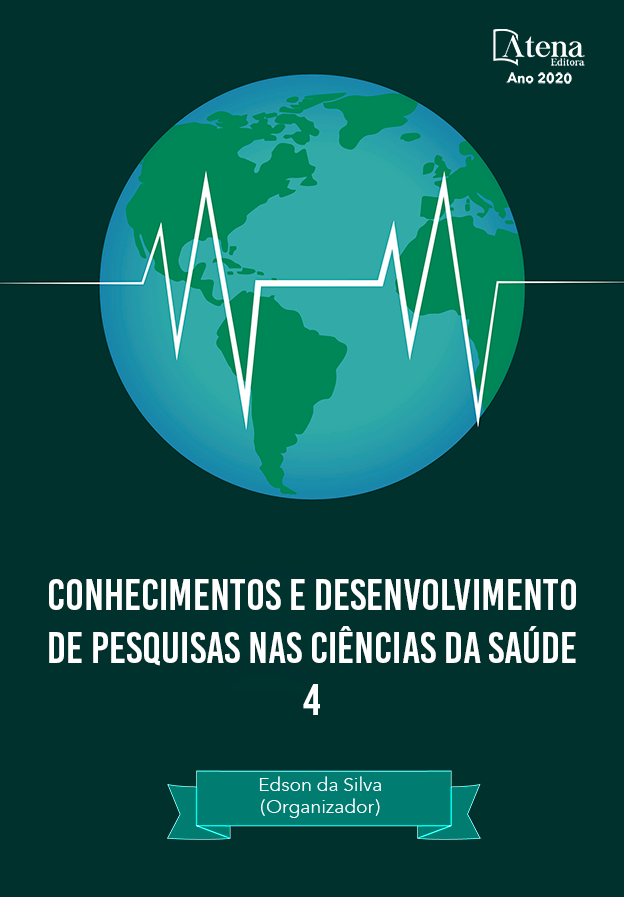
APLICAÇÃO DO MÉTODO KAATSU NOS GANHOS DE HIPERTROFIA E FORÇA MUSCULAR: UMA REVISÃO SISTEMÁTICA DA LITERATURA
Introdução: A força e o volume muscular são considerados importantes moduladores do nosso sistema musculoesquelético, pois quando estão bem estabelecidos, podem auxiliar na prevenção de muitas desordens corporais. O método Kaatsu, visa utilizar uma interrupção parcial do fluxo sanguíneo para gerar aumento de força e volume muscular. Objetivo: O presente estudo tem por finalidade investigar a efetividade do treinamento com oclusão vascular em ganho de hipertrofia e força muscular. Materiais e métodos: Trata-se de uma revisão sistemática da literatura construída entres os meses de agosto de 2019 e maio de 2020, por meio das bases de pesquisa MEDLINE, PubMed e Google Acadêmico, incluindo estudos clínicos realizados em humanos e descritos nos idiomas português e inglês, sendo excluídos estudos com crianças, artigos sem conclusão, incompletos, dissertações e teses. Resultados e Discussão: Os 6 estudos analisados demonstraram que o método Kaatsu promove ganhos de hipertrofia e força muscular similares aos encontrados no treinamento tradicional de alta intensidade. Isso deve-se ao estímulo maior das células musculares anaeróbicas, que possuem um limiar baixo de fadiga e geram um aumento de força mais rápido, utilizando menor intensidade e menor número de repetições nos exercícios. Essas fibras são especializadas na contração muscular rápida e intensa, e muito utilizadas em movimentos como saltar, correr e erguer um objeto pesado. Considerações finais: A utilização desse método promove com fidedignidade o aumento do volume e da força muscular, se corretamente aplicado e adjunto de alguns cuidados essenciais que sempre devem ser considerados indispensáveis em seu uso.
APLICAÇÃO DO MÉTODO KAATSU NOS GANHOS DE HIPERTROFIA E FORÇA MUSCULAR: UMA REVISÃO SISTEMÁTICA DA LITERATURA
-
DOI: 10.22533/at.ed.80820161119
-
Palavras-chave: Oclusão parcial vascular; Treinamento com baixa resistência; Adaptação neuromuscular
-
Keywords: Partial vascular occlusion; Low resistance training; Adaptation neuromuscular
-
Abstract:
Introduction: Muscle strength and volume are considered important modulators of our musculoskeletal system, because when they are well established, they can assist in prevention of many bodily disorders. The Kaatsu method, aims to use an interruption partial blood flow to generate increased muscle strength and volume. Objective: O The present study aims to investigate the effectiveness of training with vascular occlusion in gaining hypertrophy and muscle strength. Materials and methods: This is a review systematic review of the literature constructed between the months of August 2019 and May 2020, the MEDLINE, PubMed and Google Scholar research bases, including clinical studies carried out in humans and described in Portuguese and English, studies being excluded with children, incomplete, incomplete articles, dissertations and theses. Results and Discussion: The 6 studies analyzed demonstrated that the Kaatsu method promotes gains in hypertrophy and muscle strength similar to those found in traditional high training intensity. This is due to the greater stimulation of anaerobic muscle cells, which have low fatigue threshold and generate a faster strength increase, using less intensity and fewer repetitions in the exercises. These fibers are specialized in fast and intense muscle contraction, and widely used in movements such as jumping, running and lift a heavy object. Final considerations: The use of this method promotes with increase in muscle volume and strength, if correctly applied and adjunct to some essential care that must always be considered indispensable in its use.
-
Número de páginas: 20
- Aniely da Rosa Ribeiro
- Thais Alves Barbosa
- Nelson Kian
- Tarson Brito Landolfi


